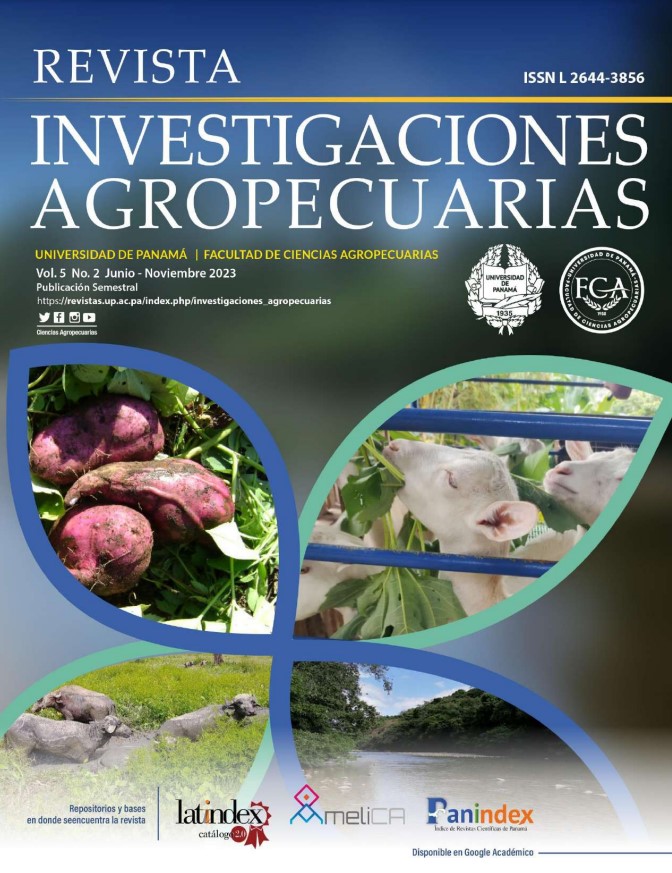

Copyright (c) 2023 Revista Investigaciones Agropecuarias

This work is licensed under a Creative Commons Attribution-NonCommercial-ShareAlike 4.0 International License.
As an orientation for agricultural science managers and practitioners to improve budget planning and projected financial statements, five forecasting methods and the trend of linear regression, over a time series, for 30 agricultural crops in Panama were analyzed. The five forecasting methods applied were Simple Moving Average (SMA), Weighted Moving Average (WMA), Exponential Smoothing (SE), Simple Linear Regression (SLR) and Polynomial Regression (PR) and the only trend method used was SLR. The data was run in Excel software. The results of the basic statistics (see table 1) showed that, of 30 items analyzed in 2019, in 16 cases production was below the average of the historical series. Table 2 shows that, of the 30 items predicted, 6 cases corresponded to the SMA, 14 cases to the WMA, 9 cases to the SE and in one case to the PR method. In the trend analysis, for after 2019, of the 30 cases analyzed, 19 items showed a tendency to decrease, 9 showed an increase and two to were predicted to maintain constant production. It is concluded that the forecasts to produce agricultural crops may vary from one method to another, depending also on addition to the data and time, a high coefficient of determination of the regression model, a result in positive real numbers and the lowest percentage error of absolute deviation.